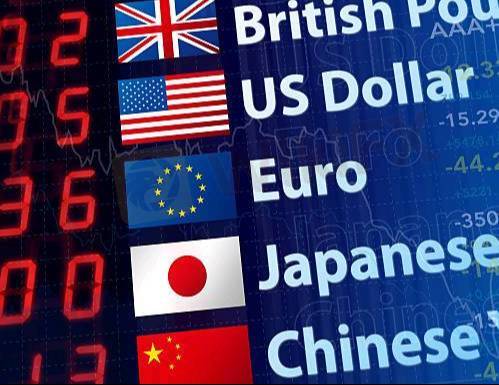
2025-01-31 20:00
IndustriyaBig Data in Forex Trading
Big Data in Forex trading refers to the use of large volumes of market data, economic indicators, news, social sentiment, and other relevant information to make more informed trading decisions. By analyzing vast datasets, traders can uncover patterns, trends, and correlations that would be difficult to identify manually.
Key aspects of Big Data in Forex trading include:
1. Real-Time Data: Access to real-time price data, news feeds, and economic releases to make timely trading decisions.
2. Sentiment Analysis: Analyzing social media, news, and financial reports to gauge market sentiment and predict potential market movements.
3. Machine Learning: Leveraging algorithms and AI to analyze historical data and predict future price movements, optimizing trading strategies.
4. Data-Driven Decision Making: Using large datasets to refine trading strategies, improve risk management, and identify high-probability opportunities.
5. Backtesting: Running simulations on historical data to test trading strategies and optimize parameters before applying them in live markets.
In Forex enhances decision-making, reduces human error, and allows for more precise, data-driven trading strategies. However, it requires significant computational resources and expertise to manage and interpret effectively.
#firstdealofthenewyearFateema
Katulad 0

FX1289820445
Mangangalakal
Mainit na nilalaman
Pagsusuri ng merkado
Dogecoin cheers coinbase listing as Bitcoin’s range play continues
Pagsusuri ng merkado
Grayscale commits to converting GBTC into Bitcoin ETF:
Pagsusuri ng merkado
Bitcoin's price is not the only number going up
Pagsusuri ng merkado
Theta Price Prediction:
Pagsusuri ng merkado
How to Research Stocks:
Pagsusuri ng merkado
Bitcoin (BTC), Ethereum (ETH) Forecast:
Kategorya ng forum

Plataporma

Eksibisyon

Ahente

pangangalap

EA

Industriya

Merkado

talatuntunan
Big Data in Forex Trading
 Nigeria | 2025-01-31 20:00
Nigeria | 2025-01-31 20:00Big Data in Forex trading refers to the use of large volumes of market data, economic indicators, news, social sentiment, and other relevant information to make more informed trading decisions. By analyzing vast datasets, traders can uncover patterns, trends, and correlations that would be difficult to identify manually.
Key aspects of Big Data in Forex trading include:
1. Real-Time Data: Access to real-time price data, news feeds, and economic releases to make timely trading decisions.
2. Sentiment Analysis: Analyzing social media, news, and financial reports to gauge market sentiment and predict potential market movements.
3. Machine Learning: Leveraging algorithms and AI to analyze historical data and predict future price movements, optimizing trading strategies.
4. Data-Driven Decision Making: Using large datasets to refine trading strategies, improve risk management, and identify high-probability opportunities.
5. Backtesting: Running simulations on historical data to test trading strategies and optimize parameters before applying them in live markets.
In Forex enhances decision-making, reduces human error, and allows for more precise, data-driven trading strategies. However, it requires significant computational resources and expertise to manage and interpret effectively.
#firstdealofthenewyearFateema
Katulad 0
Gusto kong magkomento din
Ipasa
0Mga komento

Wala pang komento. Gawin ang una.

Ipasa
Wala pang komento. Gawin ang una.